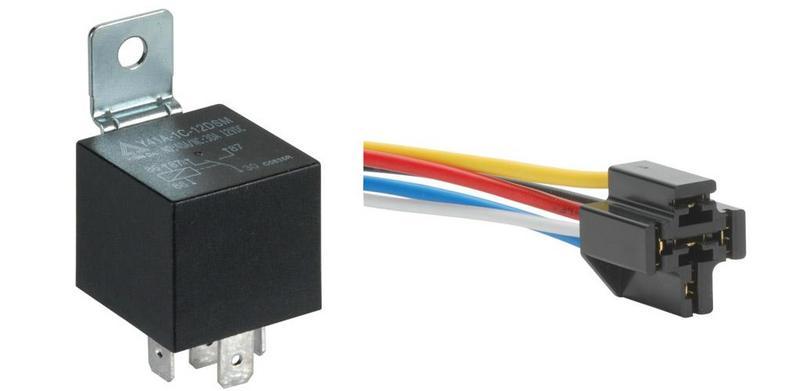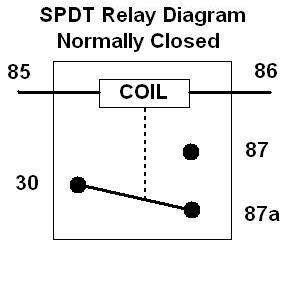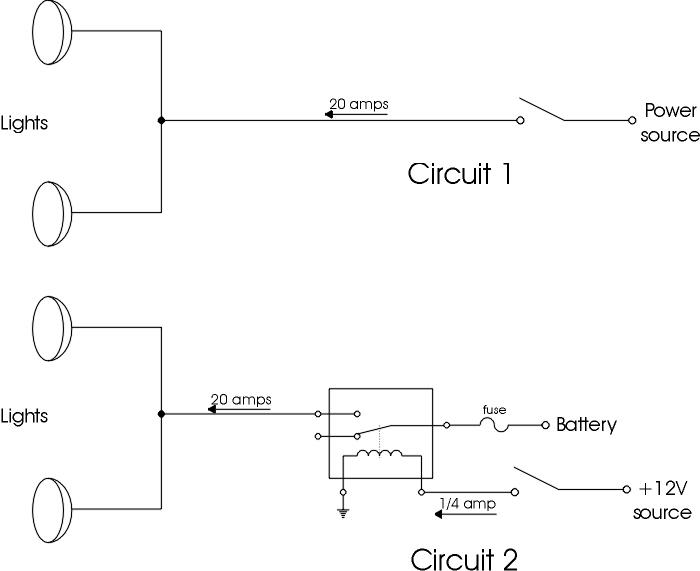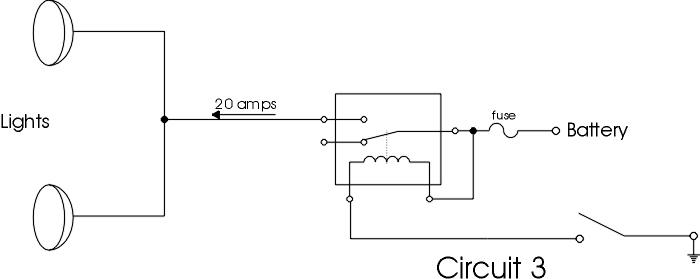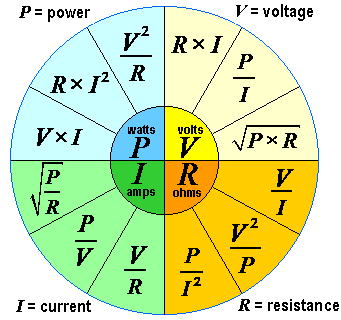
Everything posted by Rogan
-
J-Hook
oddly, the MAC scan tool shows my MAP sensor reading 14psi... at idle.. WTFLOL
-
05 removing negative battery cable problem.
I just had to replace my neg. terminals on both batteries. what I did find weird was that the positive terminals were fine, and such. the negative one, however, had the bolts all but completely eaten away. no acid on the battery, it's nice and dry. but the terminals were slightly corroded. cleaning them off exposed the near non-existant nuts/bolts.. weirdness
-
New tires!!!
I almost went with the Fierce MTs, but ultimately ended up with Hankook DynaPro MT RT-03s in a 295-75-16. Was $848 m/b. I really like them, too. I've got 'em on a 16x10 wheel, and i rub a little on the inner liner (driver's side) in the back, and the pinch-mold on the pass. side.. I'm putting a leveling kit on it this week, and will ultimately get extended LCAs, but those won't be this week, due to too much of these past couple of weeks.I did notice a bit more 'load' on the truck on take-offs, over the 265-75 Scorpions I took off, but those street tread were worthless in the rain or anything that didn't involve hard-surface..I need flares, now..
-
power door locks
mine lock at 15mph (stock PDL setup)If they lock when you turn the key on, then most likely, it's an aftermarket keyless entry system. If you leave the drivers door open, and turn the ignition to ON, and they still lock, then whoever installed it did so incorrectly, and didn't tag the proper doorpin wire.Drop the lower driver's dash cover (in front of your knees), pull the metal panel too. Then look for a black bock with a white plug and about 15 wires going into it. It's most likely zip-tied up to existing wires. should have 2 relays (together) as well. Those would be your 5-wire reversing-polarity relays for the Door-lock actuators. In example, a Viper doorlock setup (keyless entry or alarm w/doorlock control), by default, is set for ignition locking, and unlocking when key is turned off. It is a setting than can be changed.The ignition locking should be overridden if a door is open, or a doorpin contact is 'closed'. This is supposed to keep you from accidentally locking the keys inside a running car. I can add more, if you like..
-
Tattoo Removal
isn't that Portuguese? That's how I translate those words - in Port.
-
Thoughts about VP44 timing...
return of the dead. anything ever come of this 'hex coding'?
-
12V switched power source - hookup
You can get the relay with harness for < $10, making the job a little easier. It'll look something liek this: http://cgi.ebay.com/ebaymotors/12V-12-VOLT-30-40A-SPDT-RELAY-w-SOCKET-WIRE-HARNESS-_W0QQcmdZViewItemQQhashZitem4a9657e5d9QQitemZ320349922777QQptZMotorsQ5fCarQ5fTruckQ5fPartsQ5fAccessories You'll need to hard-wire the pigtail. You could use an empty slot in the power distribution block, or whatever, but that may be a little above your experience level, just yet. I'm not trying to be condescending by any means, but that type of 'mod' can get a little tricky. But to answer your initial question, you can use the OE-style relays, too, as long as you understand what pin does what. Bottom line, it still functions along the same principle, just may have a different physical interface (pinout) appearance.
-
12V switched power source - hookup
You got it up there... twice ;)
-
12V switched power source - hookup
Ok, very basic, a relay is nothing more than an electrical 'switch'. Using a standard Single Pole Double Throw (SPDT) relay as an example a Single Pole Single Throw (SPST) looks like this (same, minus the 87a pin) The "coil" section is what drives the internal switching. This is an electro-magnetic coil. When this coil is energized, it creates a magnetic field that flips a switch to connect two terminals. As a standard, pins 85 and 86 are the connections for the coil. I always put ground to 85, and 12v switched power to 86 (it can me the other way, as polarity isn't a factor on the coil.) Pin 30 is your 'common' point. At 'rest', or with the coil not energized, pin30 and 87a are connected. Once you energize the coil, then pin30 and 87 share the same connection. It takes 12VDC to trigger the coil, but only 250mA, or 1/4 amp, so a very small switch can handle this task. The rest of the circuit (pins 30, 87, 87a) can handle whatever the relay is rated for (usually 30 or 40A as a standard.) I used to put my "input" on 30, then whatever I wanted to trigger with the relay on 87. The downside to this is, that if you put 12VDC on 30, and the relay is not energized, then you have 12VDC sitting on 87a, and nothing connected to it, leaving 12VDC sitting on an open, exposed pin. This isn't really a good idea. So, I changed my methods (I'm talking 15+yrs ago) and put my input signal on 87, and use pin30 as my output. This leaved the unused 87a to never see voltage, which is how I prefer it. Are you still with me? Good. So, in a practical exercise, we'll wire up something, and show you how to properly use a relay. Here's a circuit without a relay. As you can see in the top example, the switch carries the full load of the work to drive the lights. Not good. In the bottom example, we add a SPDT relay (a SPST will work, as well, depending on the load rating.) Now, you see the switch is only triggering the coil with voltage, as the other side of the coil is grounded, allowing the relay to carry the load of the circuit, rather than the switch. Below is another example of allowing the relay to carry the load, rather than the switch. This time, the switch is supplying a grounded signal, while the other pin of the coil sits at voltage. So, as you can see, building a circuit properly takes a little more time, and components, but will work better, last longer, and most importantly, BE SAFER. That switch is a 10A switch, yes.. But for 120VAC circuitry. Just go to Radio Shack, and pick up a relay (SPST or SPDT), a 12V toggle switch, a fuse holder, and some connectors, and do it up right ;) Return the Lowes switch. Or use it, whichever you prefer. It'll work, but USE A RELAY, additionally. YES, there is. To an extent. If you're only operating a 10A load, then I'd probably go no higher than a 15A fuse. Reason being is, that if there's a problem with the device you're operating, there's a much higher chance of causing more damage, if you allow more amperage through the circuit than is required (read: possible electrical fire) Yes, it can/does happen. Hope this helps you understand relays a little more, and educate you in the benefits of using relays. note: I snagged pics off the interwebz for illustration, rather than create new ones. Saved time in writing this book LOL
-
Nevermind..
LMFAO! Yes sir! I'd like to see a test with the jar of diesel placed in an icebath; a big bowl full of ice, with the jar nestled down in the ice (use the glass jar as the temperature conductor, rather than the ice cube, itself.. I'd do it, but I don't have a nice Fluke w/thermocouple, anymore (thanks to my 5y.o. daughter...)
-
Nevermind..
I agree. I love this kinda stuff.
-
Manual trans swap.
Towing-wise (having both a 5spd and a 6spd CTD), the 6speed is so much better at towing heavy loads. The 3-4 split in the 4500 is too big, IMO. The 5600 narrows that gap. Otherwise, rowing 6 gears over 5 is almost unnoticeable. I disagree. I spent a total of around $1900 in swapping my '96 47RE out for the nv4500 with DHD tcase. I, too, picked up a large amount of fuel economy, going from the 47RE to the 4500 in my '96 SCLB. I didn't have the ecm issues you're experiencing, due to mine being a 12V. Otherwise, all the swap stuff is cake. tcase inputs are different. you can change the input shaft on the tcase, or get a manual trans tcase. the tcase shifter bracket is also different between auto and manual, as well. Midplates are the same. Starters are the same. driveshafts are not (front is too long, rear is too short from the auto.) pedal cluster mount is the same, all you need is the brake/clutch pedals. remove the e-clip from the clutch-side, push the shaft over, drop out the auto brake pedal, put the manual clutch/brake pedals up there, slide the pin back into place, reinstall e-clip. takes like 45 seconds. clutch hydro mount is already there, just remove the rubber grommet, and put the clutch MC into place - tada.. All in all, it took me 3 days, but I ran into stupid issues, like a rusted/leaking fuel line, as well as rusted leaking brake lines, etc., that I also had to replace. Given the chance to do it again, there's no reason why it should take me more than 1 day to complete, even using only hand tools. I even retained the auto's cross-member, that is no where near as hard to remove as many people said it was. No spreader jack or anything needed; that's insane. truly, the hardest part was cutting the hole in the floor correctly. I cannot vouch for any of this to accurately portray a 5600 swap.
-
12V switched power source - hookup
The mathematical (technical) way to determine fuse size is the Power Formula Wheel:[ATTACH=CONFIG]1741[/ATTACH]but I think 30A is quite large. I usually run the wire-gauge method:16-18g = 10A14-16g = 15A12-14g = 20A<12g = suggested minimum fuse ratingI'd also run a relay, and allow the toggle to trigger the relay, and fuse the relay's input, rather than allow the toggle switch to carry the load, since most switches aren't rated much above 5A-10A load.
-
Nevermind..
The molecular structure won't pass between the two, because they reject each other.the other thing to note, is, that the 1" or so of water in the bottom of the diesel jar got very cool, very rapidly (down in the low 60s within a minute), thereby slowing the melting speed of the ice. The sheer volume of 70+*F water in the other container (being of same base molecular structure) melts the ice cube much more rapidly, only due to the total volume of warmer water.And, of course as stated before, the cooler temperatures fall downward, due to molecular weight, and the warmer temps stay higher in the container.I think if you did the same test, with reversed values in the diesel jar (1" fuel, the rest with water), you'd see much different results.Still, this kinda stuff fascinates me, regardless :)Science FTW.
-
Start off in 1st or 2nd?
Ditto. And I've got 295-75-16s, but do it this way, as well. Anti-stall usually always pulls it right through.
-
Tattoo Removal
I have tattoos, but they're small and in 'normal' locations. I've had them for 20+ yrs (I'm in my 40s.) However, I totally agree with what you're saying. Like the "tramp stamp".. I see them now, on younger women, and some look nice. But then I imagine my grandmother with a tramp stamp, and throw up in my mouth a little. LOL and on the neck and such, all over the chest area, etc.. meh. It's gonna look quite finky when a chick that has tinkerbell tatoo'd on her bewb reaches her 60s-70s. Tinkerbell will turn into a long-legged ogre with wings. Oh, and to the OP... have you tried Wrecking Balm?
-
About to tackle the front steering/suspension components...
CRAP! sorry, didn't notice this was CR are. It's a 2gen. I'll update the sig, as well.Thanks.sidenote: I did replace my trackbar with a MOOG unit, $115. I was very surprised how much more 'well-built' and heavier the replacement one was, over the OE piece.
-
About to tackle the front steering/suspension components...
are both uppers and lowers 'press-in' style?Any advantage to going with adjustable or offset ones, vs. stock style?
-
About to tackle the front steering/suspension components...
I found the MOOG track bar on rockauto for 115$, and the MOOG LH-ITRE for about 80-ish (iirc). I've already replaced the RH-ITRE (at pitman) with a MOOG unit.My contemplation, at the moment, is U/L balljoints.. I'm quite mechanically inclined, but haven't messed with ball-joints on a Dana60, or an Dana in quite some time. are there any tricks or words-of-wisdom I can get from you guys, concerning the ball-joint replacement work? At the same time, I'll be installing my leveling kit..
-
Gauges
Amen to that one! Mine, you could set a football on the dash, and lose it behind the instrument cluster, as it would fall through the gaping hole from the dash self-destructing.. :banghead:
-
so I'm contemplating selling my '96 SCLB...
I placed an ad online, and have gotten flooded with emails/calls. WOW. I think I asked too little! hahaSo, sale pending
-
so I'm contemplating selling my '96 SCLB...
good call, thanks. It really is a great truck. I don't want to sell it. I'd like to keep it for towing my trailer, and running the plow in winter, but I can't, not enough to justify the city taxes, insurance, etc., with having 2 trucks. :banghead:
-
so I'm contemplating selling my '96 SCLB...
I've been looking at what they're going for, and the prices are all over the place.. I've seen them for $3000-$13000. It's insane, as that price range was for comparable trucks.. My '96 is lightly modded, but very dependable. What do you guys think a good solid number is, that could be expected? It's a '96 2500 SCLB, 4x4, 113k mi., good tires (Michelin 265/75/16). Only power options are cruise, cold AC, and pioneer radio. rubber floor covering (no carpet.) rust in the doors, per usual, and that's about it. Oh, I added Viper keyless entry, brakes, hardware, wheel cyls, drums, cables, etc. Was originally an auto, but I converted to nv4500. engine: #10 fuel plate, full-forward. AFC full forward. BHAF. Jake Brake Exh. Brake, 4" downpipe, catless, mufflerless, 7" stack. EGT/Boost gauges. About 3000mi on new P-Pump. Stock Timing. Paint is typical flaked/peeled Dodge paint. Pulls like a freight train. Average 16-17mpg in town, and got 25.9mpg on a trip to New York and back (687mi, 26.5gal) I'm thinking ~$6-7000 for it, especially with the mileage.. what are your thoughts? Thanks,
-
parking brake
If I Recall Correctly. I think www.rockauto.com has the LR for 18$ and the RR for like 25-30$. Intermediate is like $12
-
Painted the OEM Wheels black today..
those look good.I've rattle-canned several sets of wheels in the past, with decent results.I've got a set of 9.75 x 16.5" steel chromies that might get the rattle-touch. If I don't sell 'em first. ;)



